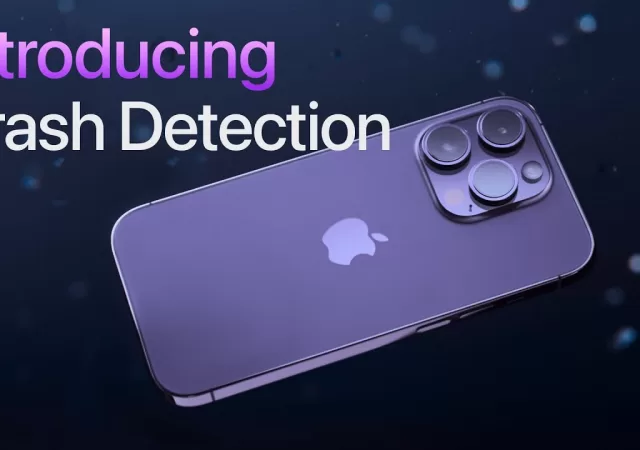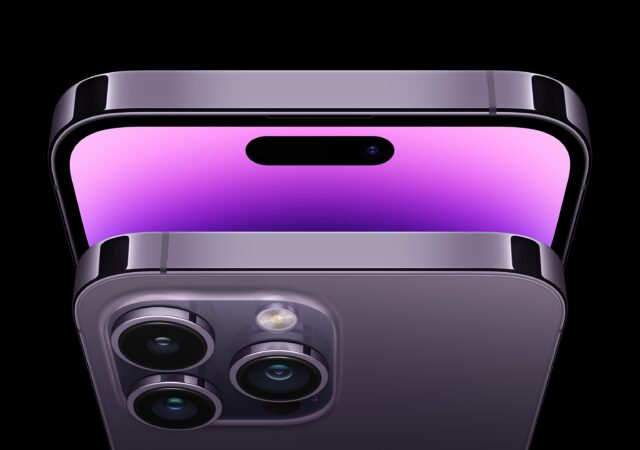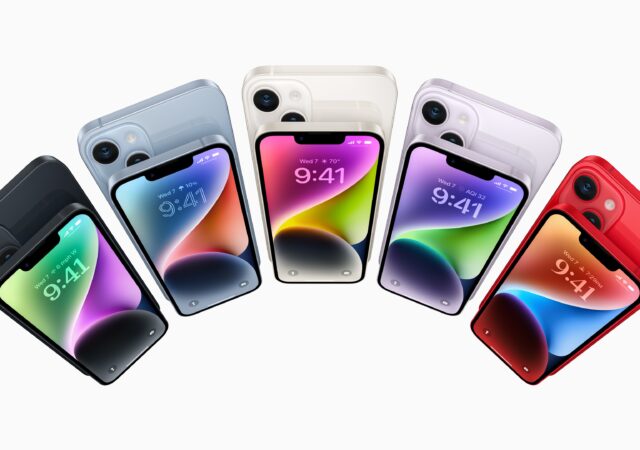Apple’s Crash Detection and Emergency SOS via Satellite service has saved the life of an iPhone 14 user involved in a car crash in the USA. Intelligent crash detection and vital information sharing According to a Twitter post by law…
The Most Powerful Apple iPhone is Everything You Want in an iPhone – the Apple iPhone 14 Pro and Pro Max Has Launched
Apple releases the most powerful iPhone ever, the iPhone 14 Pro and iPhone 14 Pro Max with 48MP camera and A16 Bionic 4nm SoC.
The Apple iPhone 14 is Here, and it is Simply Mesmerizing
Apple has launched their latest iPhone 14 and iPhone 14 Plus with bigger displays and satellite communication capabilities





